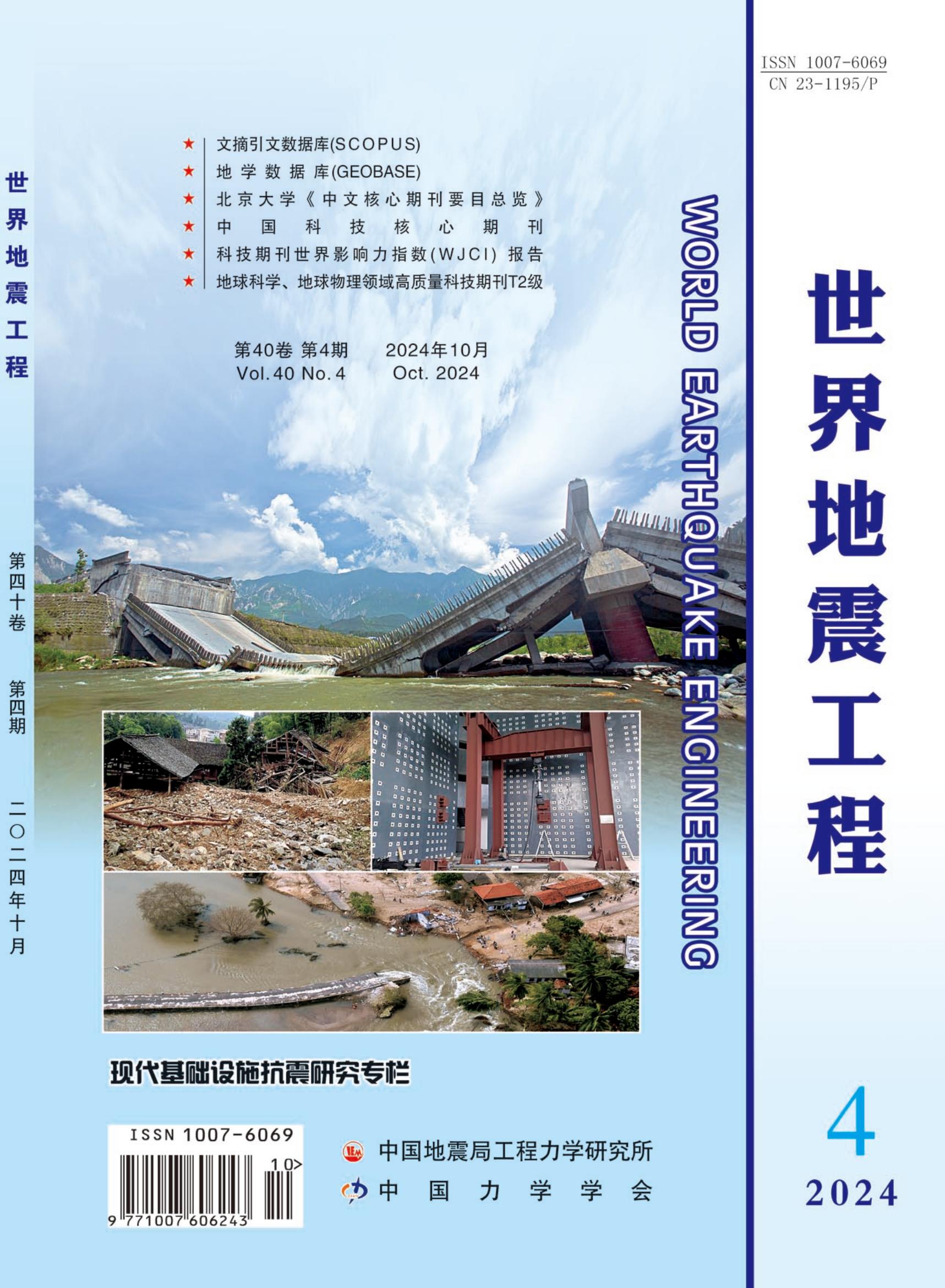部分充液弹性罐水平与垂直荷载相互作用研究
Q4 Earth and Planetary Sciences
引用次数: 0
摘要
能源、化工、运输、航空和航天工程中的现代设备元件在不断增加的技术负荷、高温和高压条件下工作。同时,设备通常暴露在各种性质的外部负载下。在设计和现代化储罐和储存易燃和可燃物质的设施时,也必须考虑到水弹性现象。易燃可燃液体的积聚会增加这类物品的环境和火灾危险。可能发生的危险液体泄漏和储罐减压对周边环境状态产生负面影响。储罐着火是最危险的紧急情况之一,可能导致重大的物质和环境破坏以及人员伤亡。本文论述了储罐液态烃泄漏对环境各组成部分造成的破坏性影响,特别是在紧急情况下的环境危害降低问题。在足够薄的罐壁弹性条件下,耦合振荡的基频可以大大低于刚性壁壳体内流体的频率。随着罐壁厚度的增加,这种影响变得不明显,有液壳体的下振荡频率接近刚性罐内液体的振荡频率。讨论了参数共振和次共振效应。本文章由计算机程序翻译,如有差异,请以英文原文为准。
The Mutual Effect Study of Horizontal and Vertical Loads on the Elastic Tank Partially Filled with Liquid
Modern equipment elements in the energy, chemical industry, transport, aviation, and space engineering work under conditions of increased technological loads, at high temperatures and pressure levels. At the same time, the equipment is usually exposed to external loads of various natures. Hydroelastic phenomena must also be taken into account in designing and modernizing tanks and storage facilities for flammable and combustible substances. Flammable and combustible liquid accumulation leads to the increased environmental and fire hazard of such objects. The possible dangerous liquid leakage and tank depressurization negatively affect the surrounding area environment state. A fire in the tank is one of the most dangerous emergencies that could lead both to significant material and environmental damage and to human casualties. The paper treats the environmental hazards reducing problem from liquid hydrocarbon spills from storage tanks, which lead to destructive effects on all environment components especially during emergency situations. It has been established for sufficiently thin tank elastic walls, the fundamental frequency during coupled oscillations could be much lower than the frequency of the fluid in the shell with rigid walls. As the thickness of the tank wall increases, this effect becomes insignificant, and the lower oscillation frequency of the shell with liquid approaches the oscillation frequency of the liquid in a rigid tank. Parametric resonance and sub-resonance effects have been treated.
求助全文
通过发布文献求助,成功后即可免费获取论文全文。
去求助
来源期刊

世界地震工程
Earth and Planetary Sciences-Geotechnical Engineering and Engineering Geology
CiteScore
0.80
自引率
0.00%
发文量
4131
期刊介绍:
World Earthquake Engineering was founded in 1985 and is now a quarterly journal. It is an academic journal in the field of earthquake engineering under the supervision of China Earthquake Administration (CEA), and co-sponsored by the Institute of Engineering Mechanics of China Earthquake Administration (IEMCA) and the Chinese Society of Mechanics (CSM). The journal aims to introduce the latest research results in the field of earthquake engineering at home and abroad, to promote international academic exchanges in the field of earthquake engineering, and to serve China's seismic prevention and anti-seismic work. China Association for Science and Technology (CAST) selected China's high-quality scientific and technological journals in different fields for its hierarchical catalogue, and the journal was selected as T2 level (internationally renowned journals) of earth science and geophysical journals. Outstanding journal for the implementation of the CAJ-CD Code in the implementation of the Chinese Academic Journals (CD-ROM Version) Retrieval and Evaluation Data Specification (CAJ-CD Code) in the evaluation of excellence activities; included in the cultivation bank of Heilongjiang Province's high-quality journal projects.
 求助内容:
求助内容: 应助结果提醒方式:
应助结果提醒方式:


